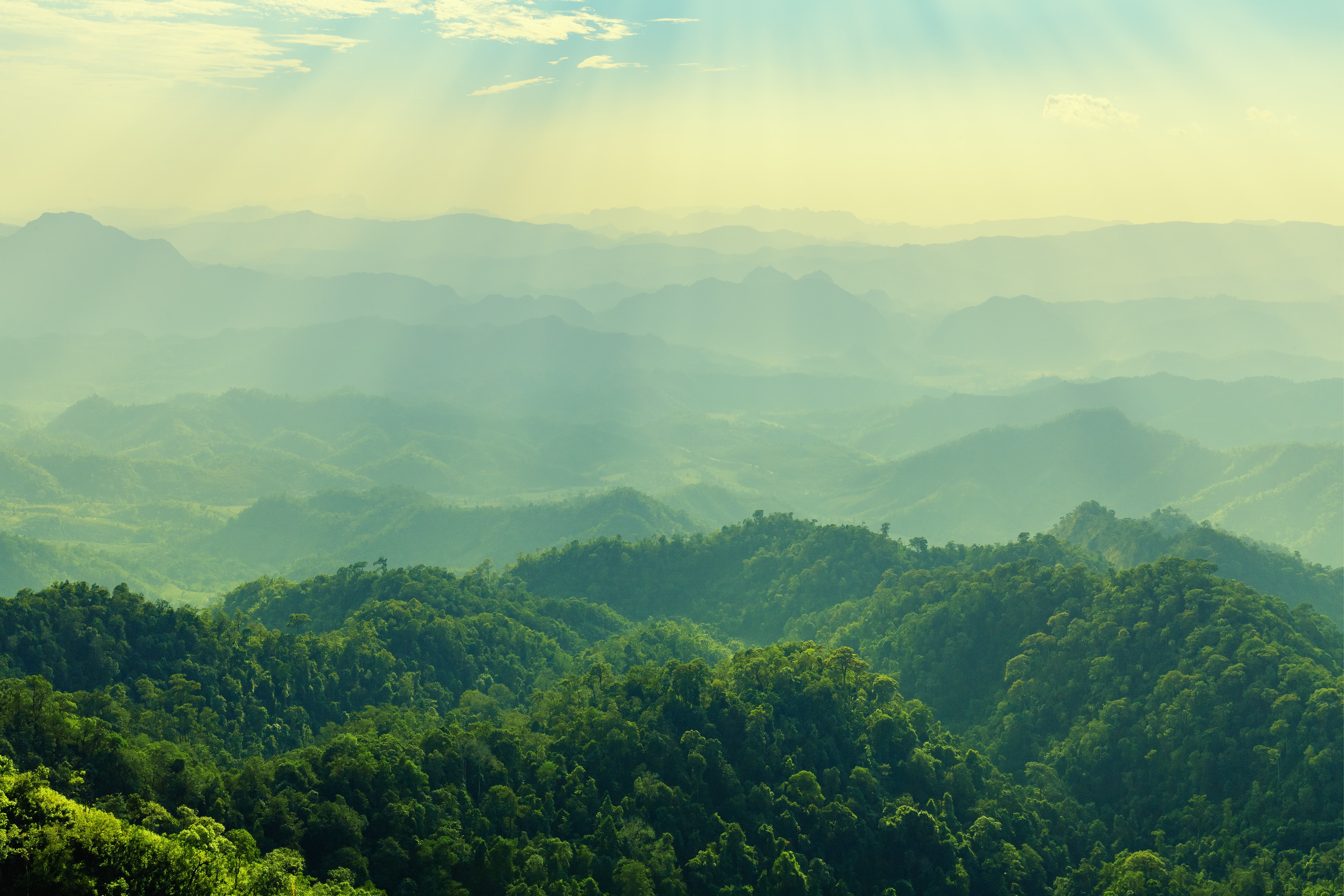
Liquid Coal: An impending environmental disaster

What is liquid coal?
Liquid coal is coal converted into liquid fuel using a massive amount of water and energy. A hybrid car filled with liquid coal fuel is as dirty as an SUV. Liquid coal is so dirty and expensive to produce that the only other countries on record to use it are Nazi Germany and Apartheid South Africa, which had limited access to other fuels during enforced embargoes and long periods of armed conflict.
Liquid coal production will increase emissions of greenhouse gases, encourage strip mining and other harmful coal mining practices like mountaintop removal, as well as consume an enormous amount of another vital resource — water. To learn more about liquid coal, check out Friends of the Earth’s liquid coal webpage, or Friends of the Earth’s liquid coal fact sheet.
First-ever U.S. liquid coal plant proposed for Wyoming
The proposed Medicine Bow project would be the first-ever liquid coal plant in the U.S. At capacity, the plant would produce 18,000 to 20,000 barrels of gasoline out of 9,500 tons of coal per day. A new coal mine, the proposed Saddleback Hills mine, would be constructed solely to feed the facility. The facility would require more than 10,000 barrels of water a day in a state that is mostly desert and where people already have limited access to fresh water.
The project would bring the dirtiest fuel in the world to Wyoming’s pristine mountains, including Medicine Bow National Forest. While the environmental impacts are still being reviewed, this project would undoubtedly cause air pollution and eat up valuable access to water. The massive amount of carbon emissions that the liquid coal plant would produce would significantly impact U.S. carbon emissions, exacerbate climate change, and further mar our credibility in international climate negotiations.
A reckless investment backed by taxpayers?
The coal industry is seeking approximately $2 billion in public loan guarantees from the Department of Energy through the Title XVII Loan Guarantee Program. The Medicine Bow project was first proposed in 2006, but because it proved to be so costly and financially risky, its pushers have been unable to secure funding from investors.
The approval and financing of the U.S.’s first liquid coal facility by the Obama administration would set a damaging precedent, allowing the dirtiest fuel in the world to enter the U.S. market backed by a taxpayer subsidy. If the Department of Energy provides a loan guarantee, U.S. taxpayers would be on the hook to bail out the polluters should their investment prove to be unprofitable. The last Department of Energy program for dispensing loan guarantees, through the Synfuels Corporation, resulted in defaults on 10 out of 14 projects, costing taxpayers billions. Various offices, including the Government Accounting Office and Office of Management and Budget have found the Department of Energy’s behavior involving loan guarantees to be fiscally irresponsible.
Related Posts
Ways to Support Our Work

Read Latest News
Stay informed and inspired. Read our latest press releases to see how we’re making a difference for the planet.

See Our Impact
See the real wins your support made possible. Read about the campaign wins we’ve fought for and won together.

Donate Today
Help power change. It takes support from environmental champions like you to build a more healthy and just world.